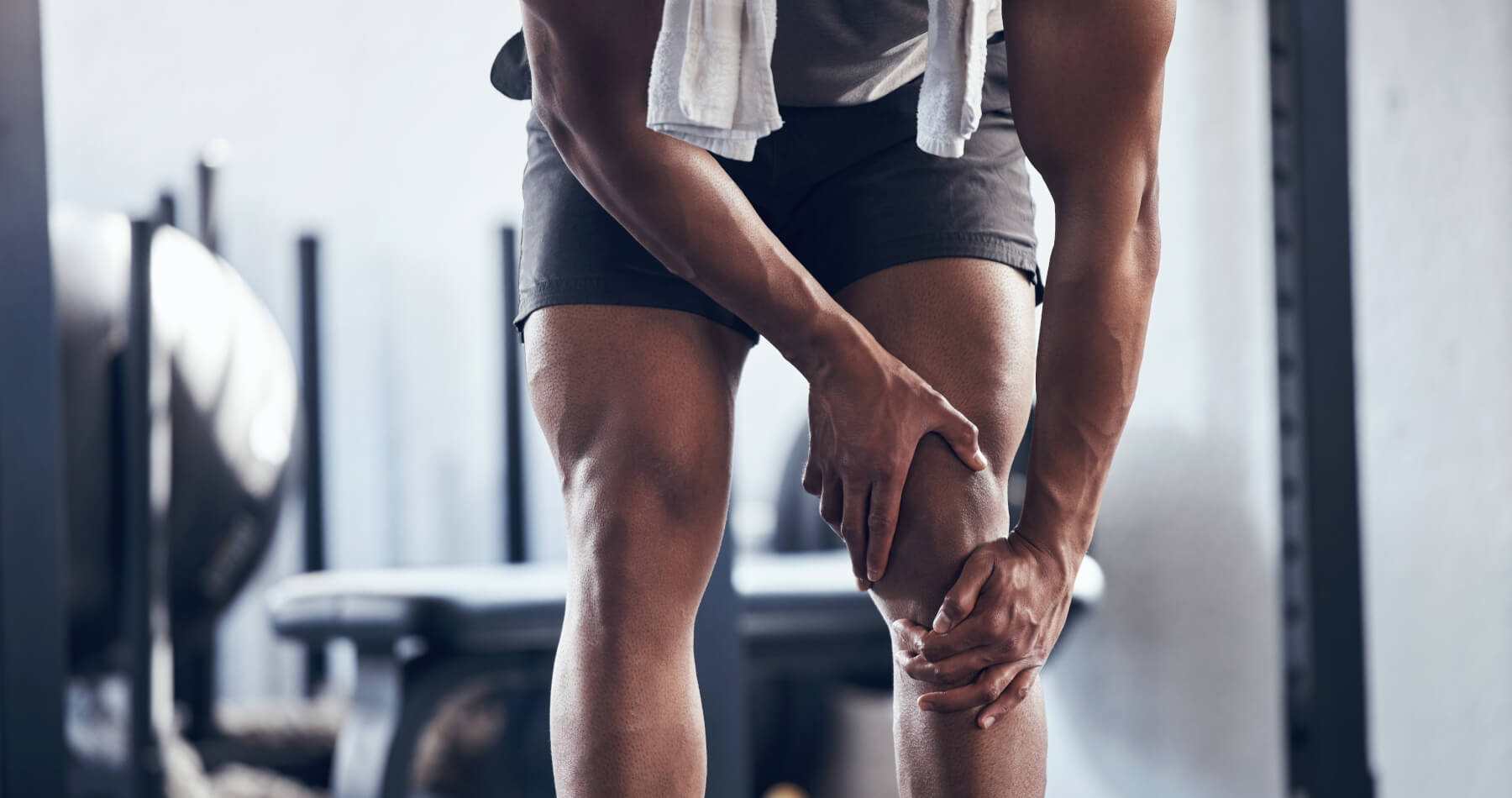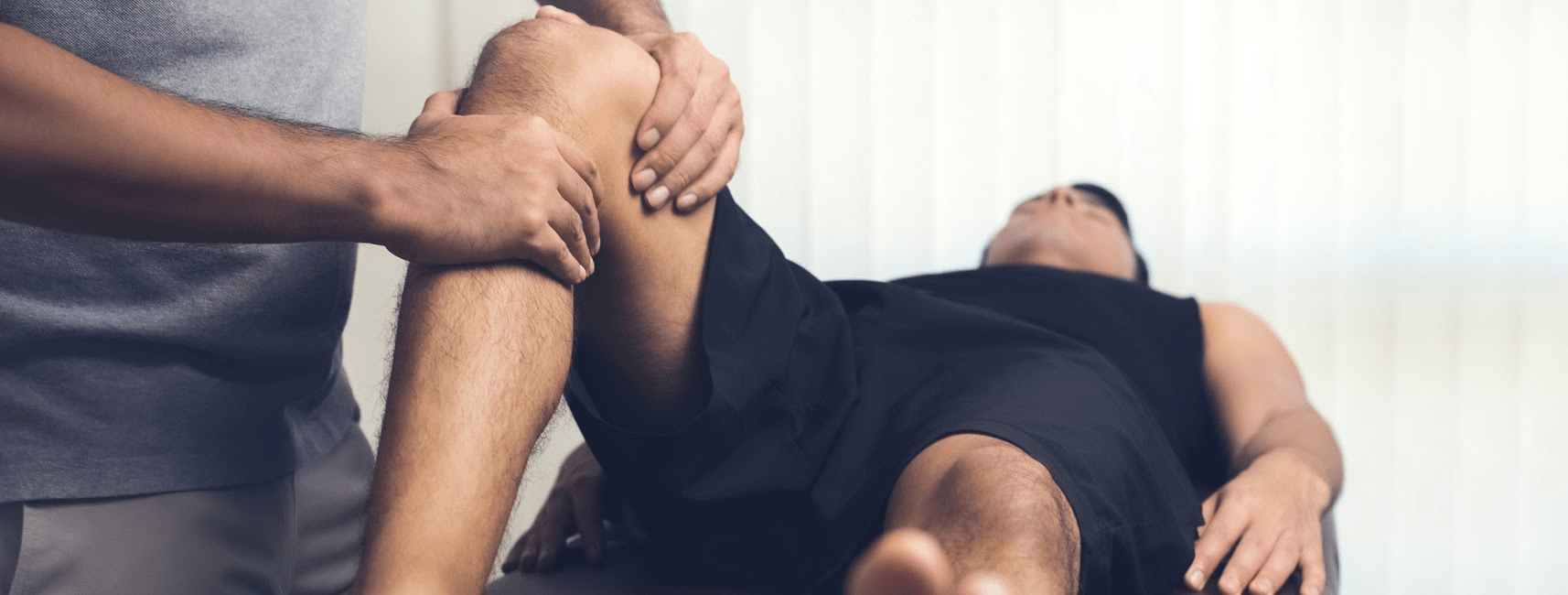The human body has the remarkable ability to heal itself, but when it comes to an ACL tear, natural recovery often falls short. The anterior cruciate ligament (ACL) is essential for stabilizing the knee, and once torn, it rarely heals on its own.
To alleviate knee pain, restore full range of motion, and regain knee function, surgical intervention is usually necessary. However, surgery is just the beginning. Understanding the recovery process is just as crucial as the procedure itself.
In this blog, we’ll walk you through the critical aspects of ACL surgery recovery so you know exactly what to expect and how to set yourself up for a successful return to your active lifestyle.
Understanding ACL Surgery
ACL surgery is a procedure to repair or reconstruct the anterior cruciate ligament (ACL), which is crucial for knee stability. The ACL may tear during high-impact sports, sudden twists, or trauma to the knee, leading to instability, swelling, and knee pain.
Surgery is typically recommended when the tear is severe, and the knee becomes too unstable to support everyday movements or athletic activities.
When is Surgery Necessary?
Not all ACL injuries require surgery, but for active individuals with severe knee injuries or rheumatoid arthritis, surgery may be the best option to regain full knee function. Surgery is necessary when:
- The ACL tear is complete, and the knee feels unstable or “gives way” due to an unstable knee torn cartilage.
- Participating in sports activities has become one of the common causes of knee pain.
- There’s additional damage to other parts of the knee, such as the meniscus or cartilage, or anterior cruciate ligament injuries which also need repair.
- Your knee joint is not able to bear the weight of your body.
The goal behind ACL surgery is to reconstruct the ligament using grafts from either your own body or a donor. It allows your knee to regain strength and ability while supporting full recovery which is crucial to return to normal activity.
The ACL Surgery Recovery Process
The road to recovery after ACL surgery is gradual but crucial for restoring knee function and regaining strength. The success of the surgery largely depends on a well-structured recovery plan that involves rest, physical therapy, and gradual rehabilitation.
Immediate Post-Surgery Care
After the procedure, the first 24 to 72 hours are critical. You may experience slight swelling and chronic knee pain, which is perfectly normal, but managing these symptoms properly can make a significant difference in your recovery.
- Managing Knee Pain and Swelling: Regularly applying ice packs and elevating the leg helps reduce swelling which prevents the symptoms that cause knee pain.
- Mobility Aids: If you have a severe ACL tear, you’ll likely need crutches or a brace to keep weight off the knee and stabilize the joint. It’s important to follow your surgeon’s advice on how and when to use these aids.
Physical Therapy and Rehabilitation
Physical therapy starts early, often within a few days after surgery. This is one of the most important aspects of your recovery, helping you regain strength, flexibility, and range of motion.
- Early Strengthening Exercises: Initially, exercises focus on reducing swelling and gently restoring knee movement. Your therapist will guide you on how to move safely without over-straining the joint, as it can trigger knee problems.
- Gradual Progression: Over time, therapy will shift toward strengthening the muscles around the knee and improving knee joint stability. A well-planned rehab program includes exercises that target mobility. Also, you’d be required to wear knee braces or knee buckles for additional support while walking.
Recovery Milestones
Wondering when can I go back to school after ACL surgery or resume everyday activities? While every person heals differently, there are general recovery milestones to expect:
- Approx 1-2 weeks: The focus is on reducing swelling, gradually regaining knee motion, and walking with crutches.
- Approx 3 to 6 Months: Depending on progress, you’ll begin more advanced strength training and agility exercises.
- Approx 6 to 12 Months: Athletes or those aiming to return to high-level activities may start more intense sports-specific training.
Patience is key throughout this process. Rushing recovery can increase the risk of re-injury, so it’s essential to follow the timeline set by your surgeon and physical therapist.
👉 Also Read: The Benefits of Orthopedic Physical Therapy: Insights from Alliance Orthopedics
Tips for Faster Recovery After an ACL Surgery
 Recovering from ACL surgery requires time, dedication, and patience, but there are several strategies that can help you heal more efficiently and get back to your normal activities sooner.
Recovering from ACL surgery requires time, dedication, and patience, but there are several strategies that can help you heal more efficiently and get back to your normal activities sooner.
While everyone’s recovery timeline is different, following these tips can support a smoother, faster recovery.
Follow Your Physical Therapy Plan Religiously
Your physical therapy sessions are crucial to your recovery and relieve pain. Stick to the exercises and guidance provided by your therapist to rebuild strength and prevent knee pain. Be consistent with the recovery plan, and do not skip sessions, as it can slow your progress.
Be Patient with Yourself
It’s natural to want to return to your normal activities quickly, but rushing can lead to setbacks. Follow the recovery timeline your surgeon and therapist recommend. Listen to your body – if it’s telling you to take it easy, that’s a sign to do so. Healing takes time, and patience will pay off.
Manage Swelling Effectively
Swelling is a common response after surgery, but keeping it in check is essential. Regularly applying ice, elevating your leg, and using compression can help reduce inflammation. This not only alleviates the mild discomfort but also aids in regaining mobility.
Eat a Balanced Diet
What you eat plays a significant role in your recovery. Focus on a nutritious diet rich in protein, vitamins, and minerals to support tissue repair. Staying hydrated is also vital – drink plenty of water to help your body heal efficiently.
Strengthen Surrounding Muscles
While you’ll be focused on your knee, don’t forget to strengthen the surrounding muscles, like your quadriceps and hamstrings. These muscles provide stability and support, which is crucial during your recovery. Your therapist can guide you on effective exercises.
👉 Also Read: Sports Injury Recovery Tips for a Safe Return
Your Journey to Smooth ACL Surgery Begins with Alliance Orthopedics
If you’ve sustained a knee injury, surgery is essential for restoring stability and mobility to your knee. At Alliance Orthopedics, our expert team is dedicated to providing you with personalized care throughout your surgical journey. From pre-operative preparations to post-surgery rehabilitation, we’re here to ensure a smooth recovery process.
Our highly qualified surgeons offer the best orthopedic surgery care in our state-of-the-art facilities. Therefore, you can recover faster and regain complete mobility without severe pain or other symptoms such as knee patellofemoral syndrome.
If you are suffering due to a kneecap torn ligament, injury tendinitis, arthritis pain, or any other condition, book an appointment with us to take the first step toward reclaiming your active lifestyle!
We provide ACL surgery, physical therapy, and other essential services to address major and minor knee pain all under one roof.

